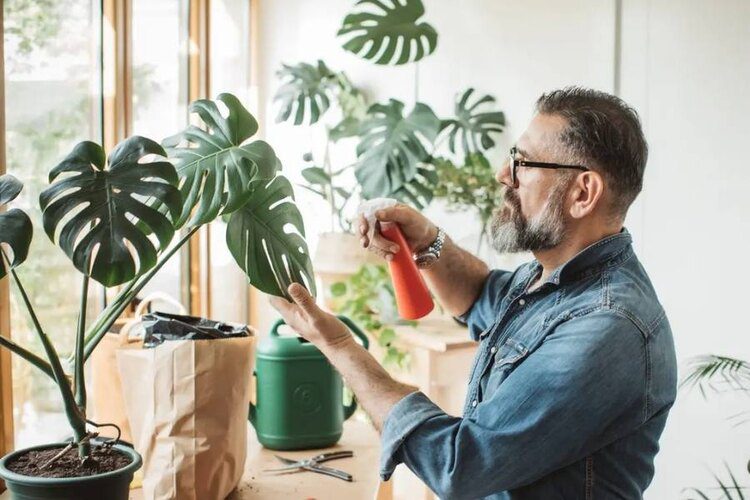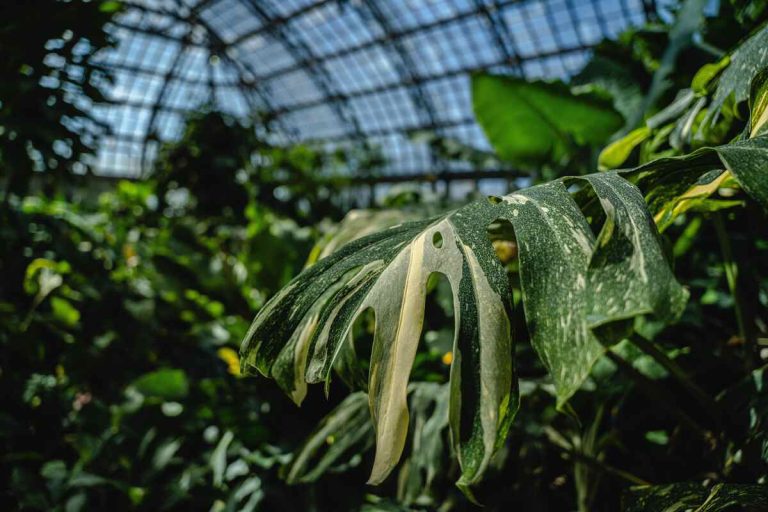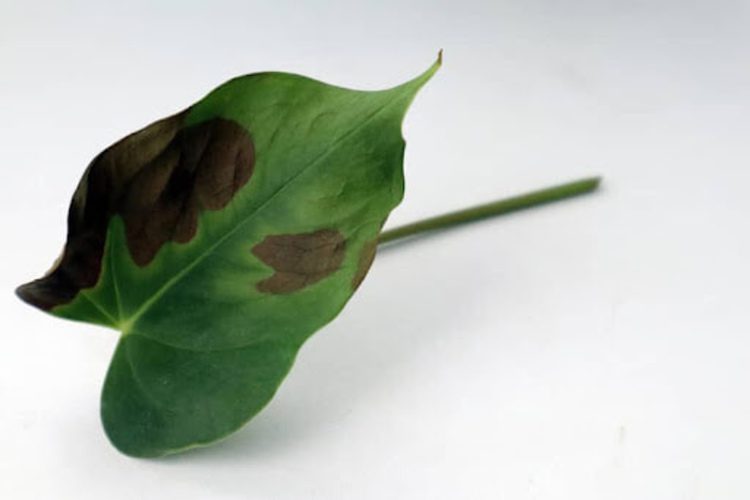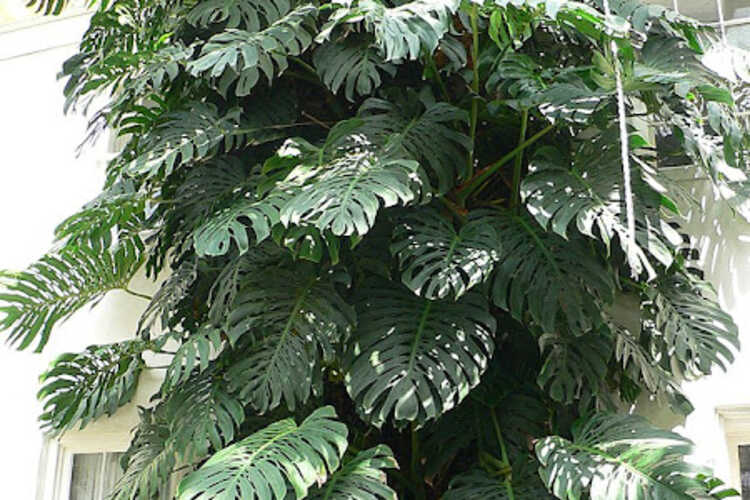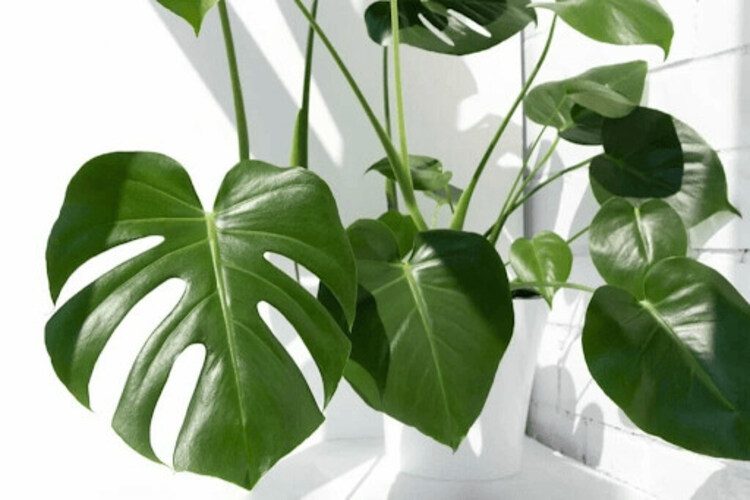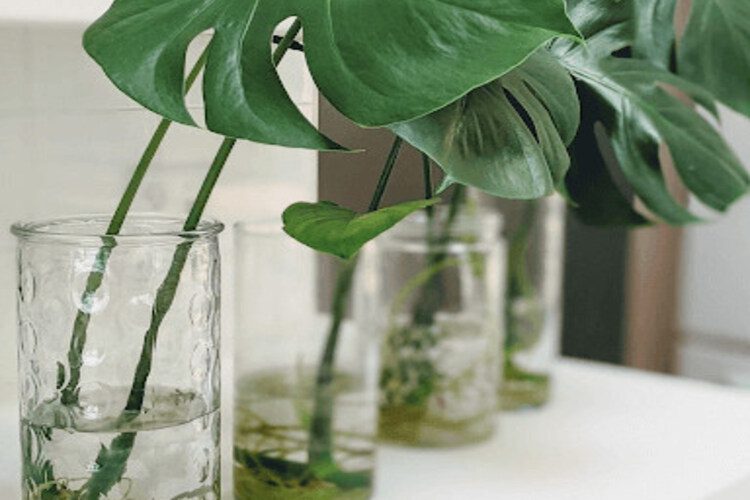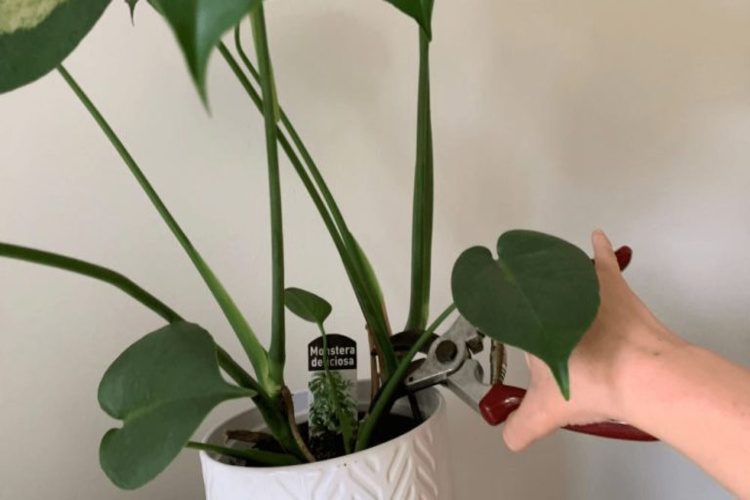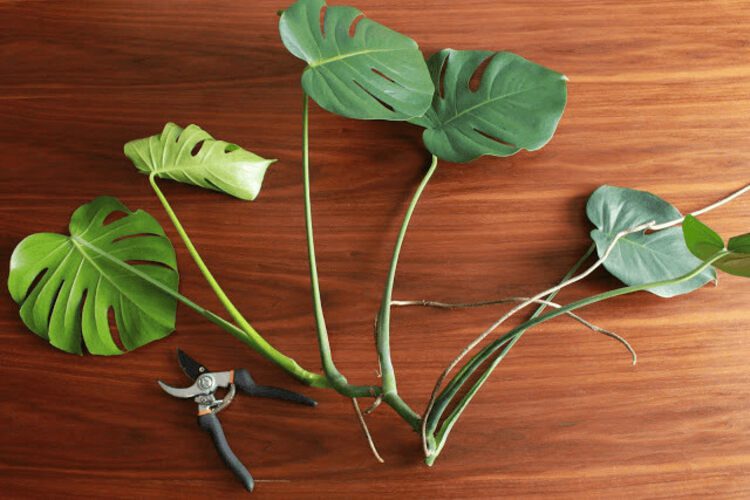Monstera Subpinnata: What Interesting In This Monstera?
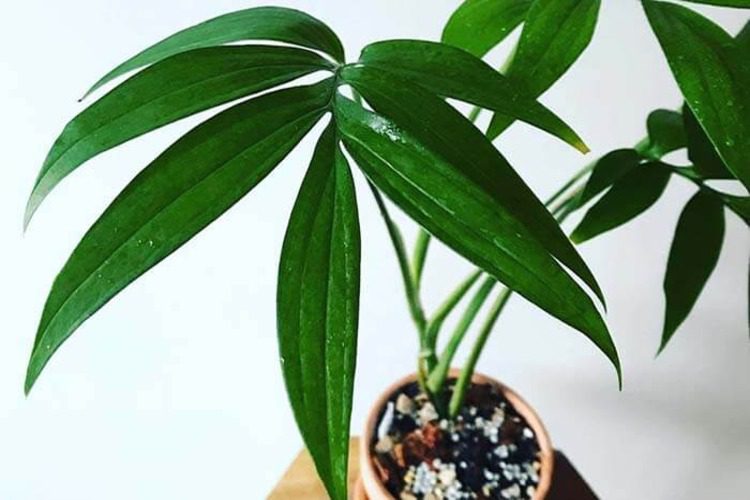
The beautiful Monstera Subpinnata is a rarer variation among Monstera cultivars. When fully grown, these stunning leaves can grow up to a foot long and eight inches broad.
If you’re looking for a vine that climbs like a monstera but has divided, frond-like leaves evocative of a parlor palm, consider Monstera Subpinnata. This may provide a different style of tropical appearance than you might expect.
| Botanical Name | Monstera Latiloba |
| Other names | Monstera Subpinnata |
| Plant Type | Houseplant |
| Origin | Costa Rica |
| Light | Direct sunlight |
| Water | Once or twice a week |
| Soil | Well-drained soil |
| Temperature | 65- 80℉ |
| Toxic | Pets/mildly toxic |
About Monstera Subpinnata
Like Monstera Pinnatipartia, Monstera Subpinnata is a rarer variation among the family Araceae, and it may not look like the image that comes to mind when you hear the word “monster”. In addition, this plant is also appreciated for its ability to purify the air. Numerous Monstera species are distinguished by distinctive pentagon-shaped leaves, such as the venerable Monstera Deliciosa and the delicate yet eye-catching Monstera Adansonii.
However, this plant has pinnate foliage, which has symmetrical pairs of leaflets on either side of the stem. When fully grown, these stunning leaves can grow up to a foot long and 8 inches broad. If you’re looking for a vine that climbs like a monstera but has divided, frond-like leaves evocative of a parlour palm, consider Monstera Subpinnata.
Monstera Subpinnata Care Guide
Light
The appropriate lighting and humidity levels are two of the most crucial factors in developing a healthy plant. This Monstera type flourishes under direct sunlight that is bright, similar to what it would experience in the tropics beneath the canopy of a rainforest. This is fantastic since the fragile leaves of this Monstera can be burned by the strong, direct sunlight!
You may also use a window that faces west or south, as long as you put your plant far enough away so that the sun’s rays won’t hit the leaves directly. To prevent leaf scorching, you may also use a sheer curtain to deflect the sunlight. A north-facing window won’t often give enough light for a Monstera Subpinnata to flourish, but if you have no other choice, don’t worry! Full-spectrum lights can be used as an addition. These screw-in light bulbs are very convenient, and we adore them!
Water
These plants with aerial roots prefer consistently moist but not drenched, soggy soil. When the top few inches of soil feel dry to the touch or when a moisture meter reads 3–4, it is advisable to water. By the way, a moisture meter is strongly advised since it provides a more precise view of what is occurring deeper inside the pot.
It’s conceivable for the top of the soil to be fully dried up while the root ball is still wet, depending on how effectively your container and soil drain! When it becomes time to moisten your Monstera, gradually pour water to the top of the soil until it just begins to drip out the bottom. After that, dump the stormwater runoff trays immediately or put the plant in the sink or bathtub to drain for a couple of hours.
When choosing a pot for your Monstera, make sure it has drainage holes to prevent the soil from becoming soggy. The pot should also be the right size for the plant—not too big or too small. Every seven to ten days, you have to water your plant. If the soil takes a longer time than that to dry up, your transplanting medium may be too dense, the pot may not be draining properly, or the plant may want additional light so it can utilize water more effectively. You can hydrate less if the soil dries out earlier than that. Ensure that when you flush, the current comes out!
Soil
Put your plant in moist potting soil with a neutral pH that drains well. You should choose high-quality potting soil with an appropriate pH and nutrient composition for the plants to grow better after being potted. In addition, high-grade potting soils will often have more optimal drainage and moisture-retention balance than many conventional potting soils. Besides, Monstera can benefit from improved soil that contains a little peat moss, perlite, and cactus mix.
Fertilizer
A Monstera Subpinnata can consume all the nutrients in its potting mix in a matter of months, so the more content your plant is, the faster it will dry up. Make sure to provide your plant with regular feedings of a balanced, premium liquid fertilizer. During the spring and summer, fertilize through each watering; in the fall, fertilize only a portion as much. The winter, when your plant is most likely dormant and not actively developing, is the time to take a rest from fertilizing.
Humidity
Because the leaves are so thin and delicate, they need some humidity to stay supple and soft. You might wish to place a humidifier close to your plant if you live in a dry environment or if the relative humidity in your room is less than 50%. The plant can also be misted every day. Alternatively, place the pot on a humidity tray if your plant is still small. Place the plant directly on top so that it may benefit from a little bit more humidity when the water evaporates.
Just make sure you don’t expose the soil or branches to excessive amounts of water. This means that you should regularly check your humidifier; if you turn it on too high, you can see a lot of moisture on the leaves, which will gradually seep into the soil. If this amount of water is too much for a long time, the plant will be susceptible to excess water problems.
The tree can also be grouped with other plants, which will produce a bit more moisture as they breathe, or placed in a bright, steamy bathroom. You should keep an eye out for things like heating and cooling vents, drafts, space heaters, etc. that might make it easier for your plants to maintain the appropriate temperature. The quicker your plant dries out, the happier it is.
Temperature
As tropical plants, Subpinnata plants grow optimally in warm weather. Do not allow interior temperature changes to go below 60 degrees Fahrenheit. Instead, keep your potted plant between 65 and 80 degrees. Keep an eye out for air conditioning, drafts, space heaters, etc. that might chill your plant’s foliage as well as bursts of heated air that can burn out and burn its foliage. The more consistently the temperature is maintained, the happier your plant will be.
Read more: Monstera Laniata: Guide To Plants With Holey Leaves
How To Propagate Monstera Subpinnata?
Runners, which resemble additional stems or vines sprouting from the parent plant’s primary growth point, are produced by these Monstera plants. You might be tempted to just clip these runners off and discard them since they can make the plant appear untidy. You may spread your Monstera’s runners in a few different ways. The nodes may occasionally sprout roots on their own. These may easily be clipped off and prepared immediately in a pot.
Additionally, air layering can help the runner form roots at the node. Create a small incision or scrape in the stem close to the node using a clean, sharp knife or a pair of shears. The wound should then be wrapped in plastic wrap, a thin layer of moist sphagnum moss, and a twist tie. The entire bundle should then be tied off with string or a knot. Within a few weeks, the runner may have begun to sprout roots!
Cut off the portion of the stem where the roots are visible, and then put the stem cutting in the ground. Just be certain that the stem’s tip, which was facing the parent plant, is in the ground. Planting it upside down is not a good idea!
Common Problems with Monstera Subpinnata
This aroid is easy to grow indoors and rarely gets sick, except for root rot. You can follow the same care tips for your Monstera Esqueleto, as they tend to have similar issues. Below are some common problems and signs that may affect this aroid.
Leaves turning yellow
Overwatering is indicated by yellowing foliage. However, underwatering, poor lighting, a lack of nutrients, bugs, and illnesses might all be to blame. To correctly identify the reason, look for more symptoms. Last but not least, keep in mind that there are certain causes for leaf yellowing that are typical, i.e., older leaves yellow before browning and wilting.
Wavy leaves
Stress from wetness, particularly underwatering, is the most common cause of curled leaves in your Monstera plant. However, several factors, including overwatering, pests, illnesses, low humidity, and excessive heat, may be to blame.
Root decay
Wilting, drooping, yellowing leaves, stunted growth, squishy stem bases, and dark or black roots are all signs of root rot. For moderate situations, think about repotting; for severe ones, there is no cure. By using well-drained material and avoiding overwatering your plants, you may prevent root rot. Along with these requirements, potting mixes should not be polluted, and pots need to have drainage holes.
FAQs


